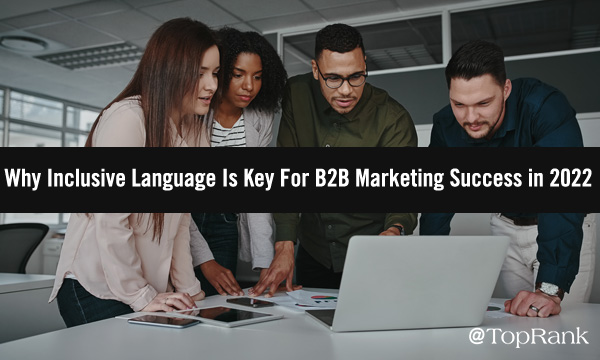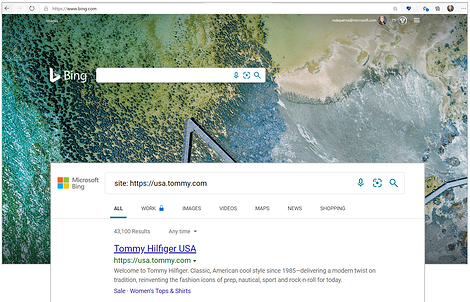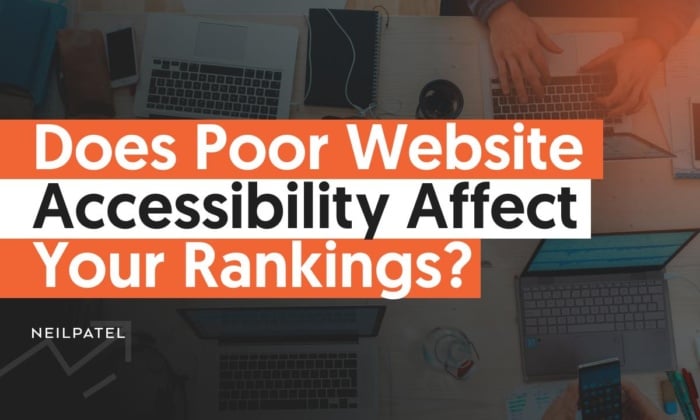5 Tips to Make Your Content More Accessible & Inclusive


Creating content that is accessible and inclusive is crucial in the work of content marketing, not only for shaping the perception of your brand but also for being socially responsible. Your content should be relatable to everyone in the audience, irrespective of their background or abilities, so that they don’t feel excluded or uninterested in your brand . Therefore, accessibility and inclusion should not be an afterthought but a fundamental aspect of your content creation strategy. In this article, we’ll discuss some key areas to consider while crafting marketing content for your B2B brand that is both accessible and inclusive.
1) Style guide
At the core, your content team needs to understand what is meant by accessible and inclusive content and your company’s ongoing commitment to it.
You can start with outlining how your business will ensure your content is accessible and inclusive — and what content goes against those standards.
Your style guide should include a specific section about language and images. Many phrases and terms are rooted in our vocabulary, and we don’t think about their undertones. For example, you can specify avoiding the use of gendered jobs (“fireman”) or phrases like “falls on deaf ears.”
Your style guide can also note specific ways that text can be more accessible. “CamelCase” for hashtags (capitalizing the first letter of each word) is better for screen readers. Decorative fonts in social posts are inaccessible to screen readers altogether. And, as Chelsea Castle, who heads up content at Lavender points out, you need spaces on both sides of any emojis.
Additional tips while creating content that follows your style guide include always using clear and concise language: Avoid using overly complicated jargon, technical terms or slang that might be unfamiliar to some of your readers. Keep your language simple and easy to understand.
Friendly reminder that if you aren't adding spaces on both sides of your emojis, you're not producing content that is fully accessible to all humans reading it. 💜
— Chelsea Castle (@ChelseaCastle) February 10, 2023
2) Images
Images can often feel secondary to content teams. You finish a blog post and rush to find an appropriate hero image or add some alt text. But for the reader, images are part of the first impression.
If you’re using stock photography or creating illustrations that include people, make sure that you’re representing diversity: race/ethnicity, gender, age, and abilities. With the vast range of people in modern society, you’ll give off a vibe that your company isn’t paying attention — or doesn’t care — if your images lack diversity.
Give alt text the attention it deserves. For anyone using a screen reader, your alt text should have an impact in the way you expect an image to enhance the content. (Plus, you give context to Google for search engine rankings.)
Write good alt text descriptions for all of your images. And you can use them as a way to enhance your brand content! Some of the best alt text is also fun and playful, in addition to describing the image.
3) Videos
We are in the Age of …read more
Source:: Top Rank Blog










